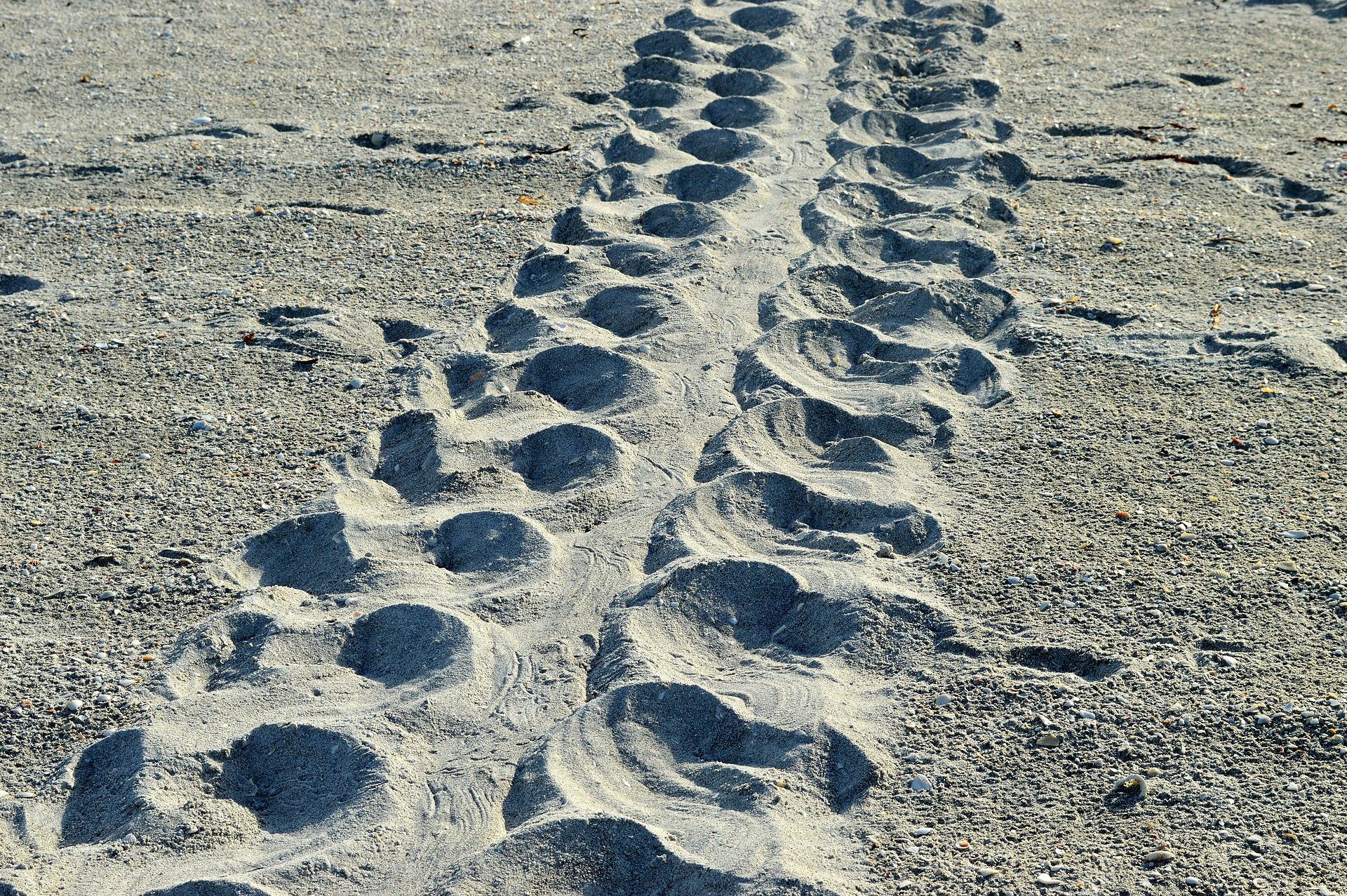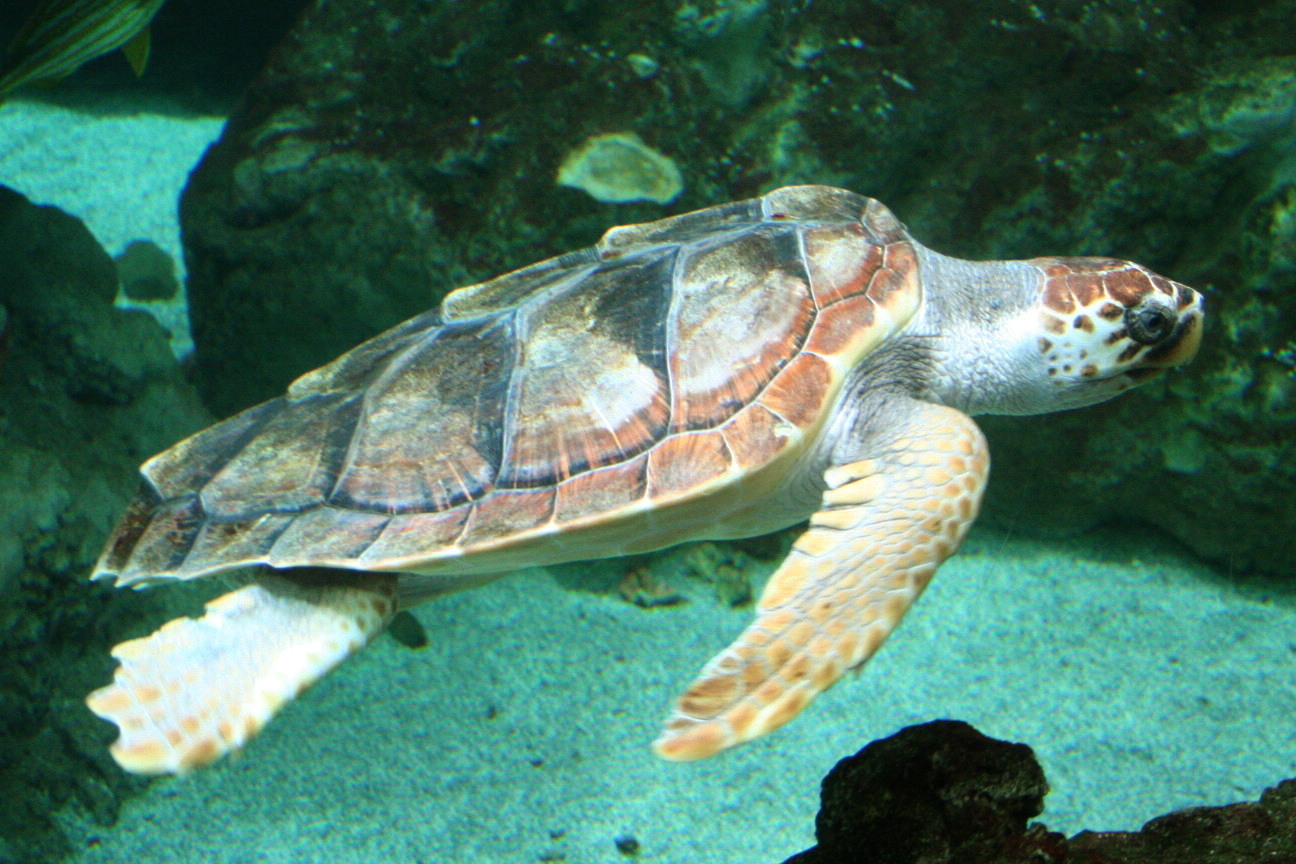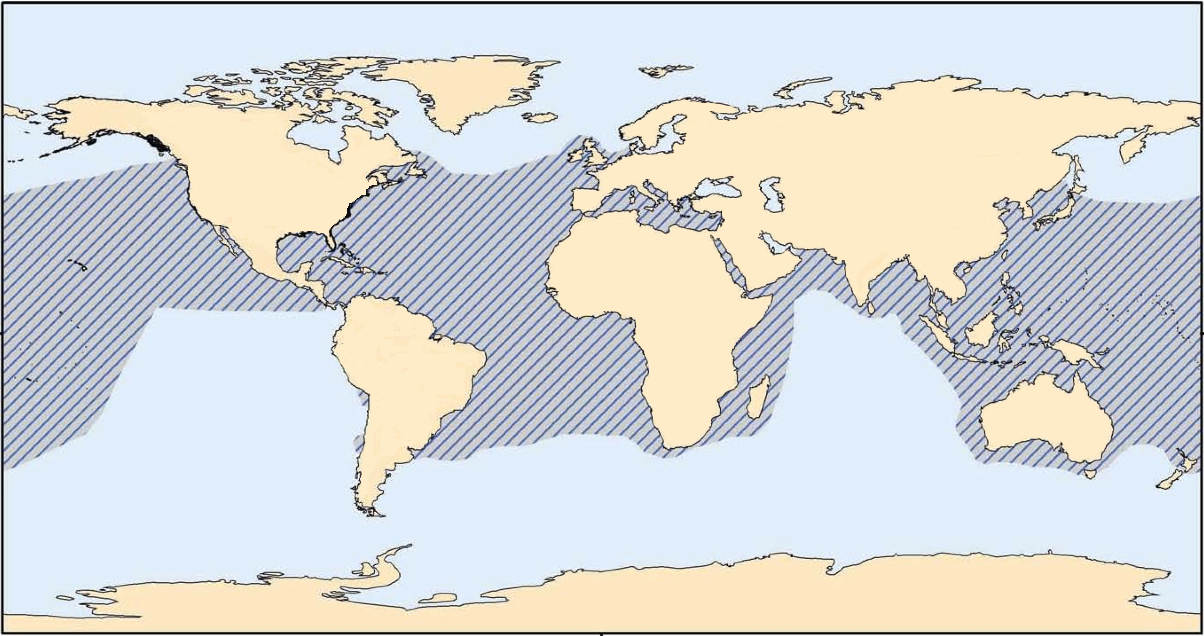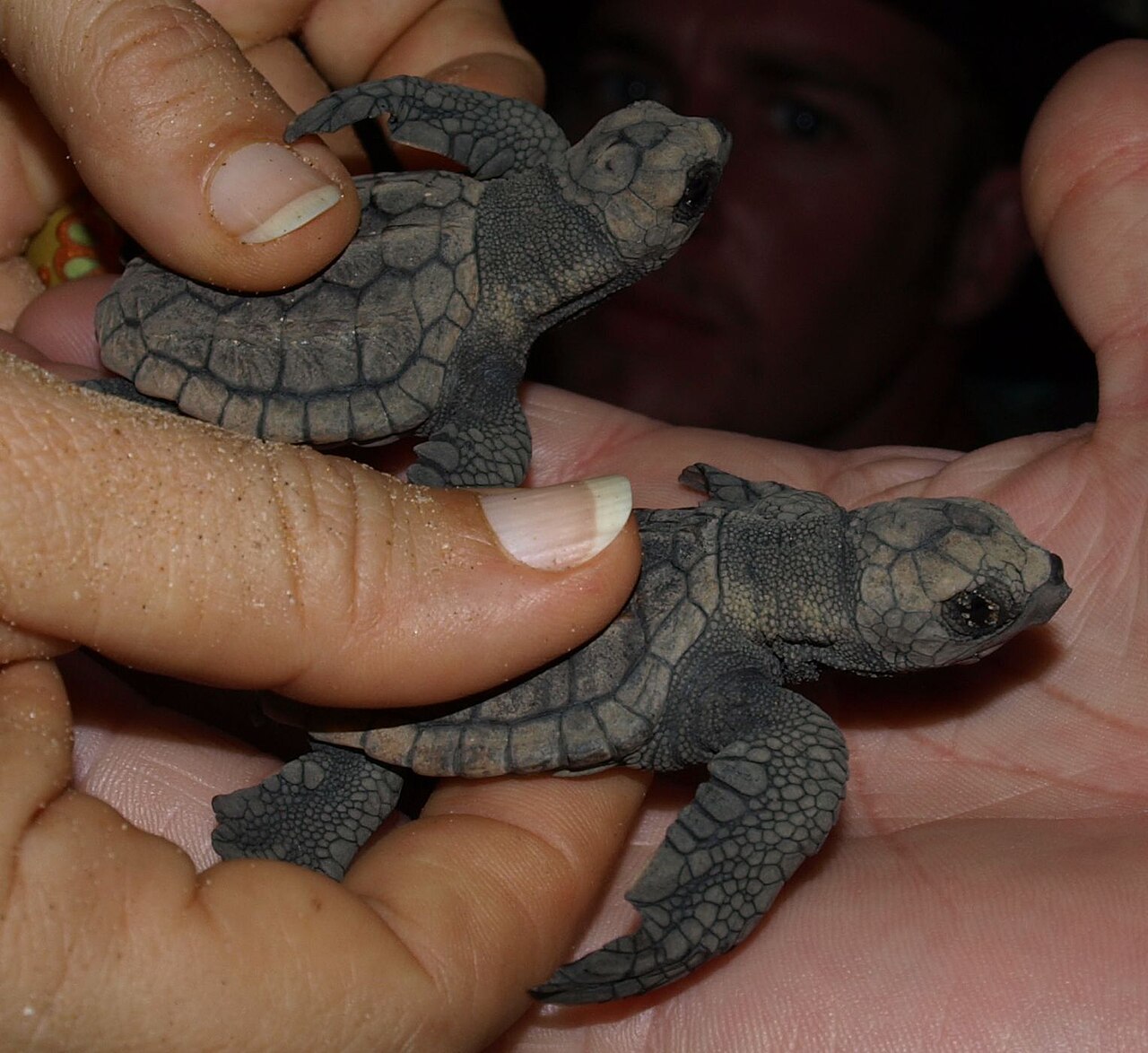A Surprise Nesting in the South of France
Earlier this July, locals in Leucate and Le Barcarès woke up to something pretty rare traces of a loggerhead sea turtle in the sand, and later, an actual nest of turtle eggs. Yep, right here in the south of France.
Sea turtles are no strangers to the Mediterranean, but seeing them lay eggs on French beaches is still uncommon. So, when it happens, it’s a big deal. Here’s what’s going on—and why people are paying close attention.
🐢 First: What Actually Happened?

On July 12, turtle tracks were spotted in Leucate, in the Aude region. No nest has been confirmed yet, but one may be hidden under the sand. Officials and local associations have put up a fence around the area, just in case, to protect it from being walked over or damaged by beach cleaners.
Then on July 20, in Le Barcarès (Pyrénées-Orientales), people walking early in the morning found a loggerhead turtle nest with real eggs inside.
Right now, both sites are being watched closely. If there’s a nest in Leucate, tiny hatchlings, called tortillons in French, could start popping out in about 50 days. That’s when the magic happens: baby turtles crawling toward the sea at sunrise or sunset. It’s rare, but it’s real.
🌍 Turtles Nesting in France: Is This Normal?

Not really, but it’s starting to happen more often.
Loggerhead turtles (Caretta caretta) are the most likely species to lay eggs in France, but it’s still a rare event. The first confirmed nest was only in 2002, in Saint-Aygulf (Var). Since then, there’ve been a few more, mostly in the south—places like Corsica, Hérault, and now Pyrénées-Orientales.
Another species, the green turtle (Chelonia mydas), has been spotted swimming in French waters but hasn’t been confirmed to nest here yet.
So, what’s going on?
Climate change might be shifting where turtles feel safe to lay their eggs. Warmer temperatures further north, fewer predators, and calmer beaches could all be playing a role. It’s one of those moments where environmental changes are making nature adapt in real time.
⚠️ Why It’s Protected—and What You Shouldn’t Do

Loggerhead turtles are protected at both EU and French levels. That means:
- You can’t touch, move, or disturb them
- You can’t take eggs or samples
- You can’t mess with their nests or chase them
- Light pollution (like from phones or torches) is also a no-go
If you do spot a turtle or see tracks, call the French Mediterranean Sea Turtle Network straight away:
📞 06 16 86 26 86
Don’t post the exact location online, keeping things quiet gives the turtles a better chance of making it.
❓ So What Happens Now?

If the Leucate site is confirmed as a nest, volunteers will monitor it morning and evening as the estimated hatching date gets closer. Fences will stay up, and any turtle movement will be reported as part of a national tracking effort.
It’s about giving the turtles space to do what they’ve done for thousands of years—lay eggs, hatch babies, and send them off into the sea.
🐣 A Future Written in Sand
Whether or not the Leucate turtle laid eggs this summer, one thing’s for sure: the turtles are returning.
📌 Fun Facts: Loggerhead Edition
🧭 They migrate across entire oceans, often returning to the exact beach they were born on decades earlier.
🥚 A single female can lay around 100 eggs per clutch, and she may lay multiple clutches in a season.
🌞 The sex of the hatchlings is determined by the temperature of the sand. Warmer sand tends to produce more females!
